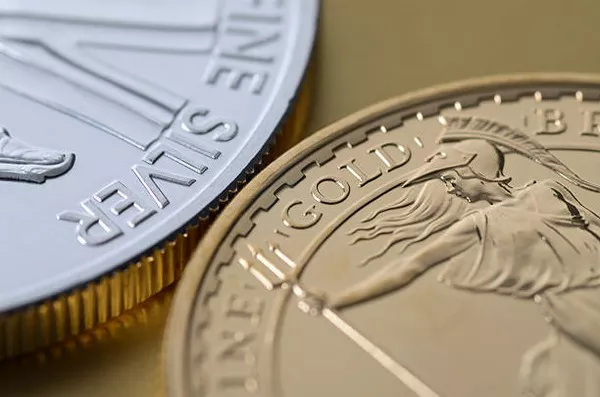The risks inherent in holding fiat currency remain a persistent concern, with recent events shedding light on the precarious nature of these monetary systems. Currency risk, particularly evident in the recent rally of gold and silver prices, serves as a poignant reminder of the vulnerabilities associated with fiat currencies.
The correlation between currency risk and the surge in precious metal prices is unmistakable, coinciding with escalating threats from the U.S. to confiscate Russian dollar assets. However, while leveraging the dollar for foreign policy objectives is one factor, it represents only a fraction of the challenges confronting the stability of fiat currencies.
Fiat monetary systems inherently carry risks due to the propensity of governments and central banks to resort to currency inflation. This continuous devaluation breeds price inflation, economic imbalances, and fosters debt accumulation, ultimately contributing to boom-and-bust cycles.
One of the fundamental flaws of fiat money lies in its lack of physical backing, allowing central banks to create currency without constraints, primarily to finance government spending. This unchecked money creation, often fueled by political motivations, enables governments to exceed their fiscal limits, perpetuating a cycle of spending and debt accumulation.
The COVID-19 pandemic serves as a stark illustration of the extremes to which governments and central banks will go during crises. In response to the pandemic, the Federal Reserve alone created nearly $5 trillion, effectively monetizing a significant portion of government debt. This trend was mirrored by central banks globally, underscoring the systemic risks embedded in fiat systems.
Furthermore, the spending incentives inherent in fiat monetary systems exacerbate the issue of unsustainable government debt. Governments resort to borrowing to sustain spending levels, buoyed by the global demand for the reserve currency status of the U.S. dollar. However, the accumulation of debt poses long-term risks, as exemplified by the staggering $34.5 trillion U.S. national debt and the record $82 trillion global government debt.
Despite occasional promises of fiscal restraint, government spending trends reveal a persistent upward trajectory, driven by crises and political imperatives. The ratchet effect outlined by economist Robert Higgs underscores the inevitability of escalating spending levels, exacerbating debt burdens and currency risks.
In light of these dynamics, the risks associated with holding fiat currency remain ever-present, underlining the importance of understanding and navigating the complexities of modern monetary systems.


